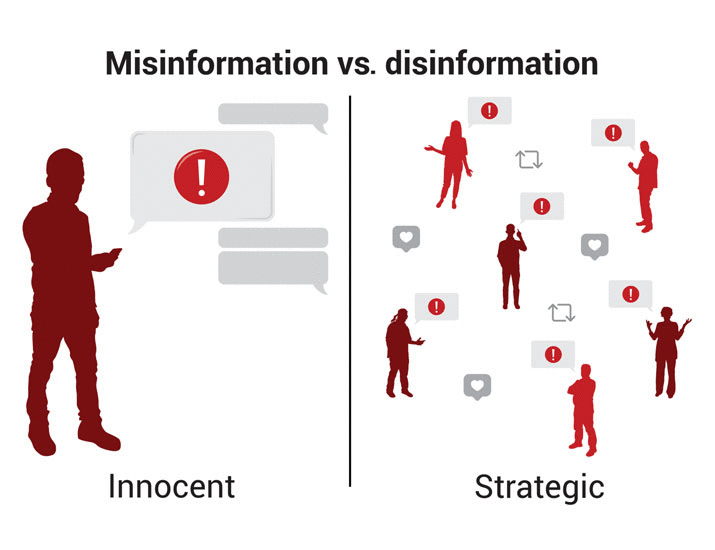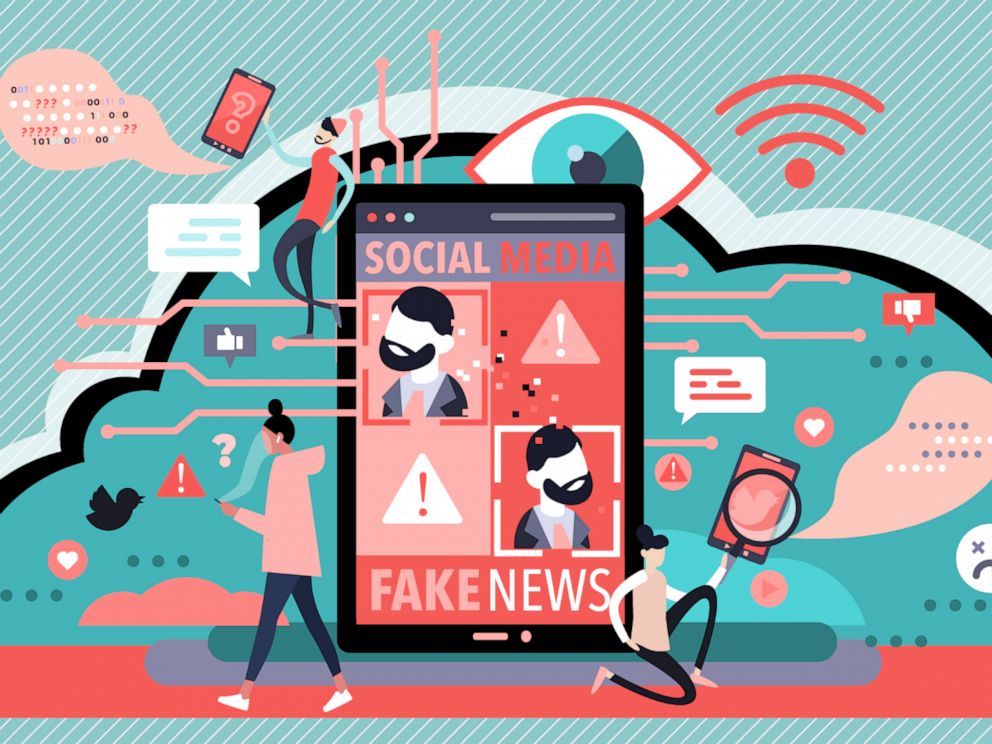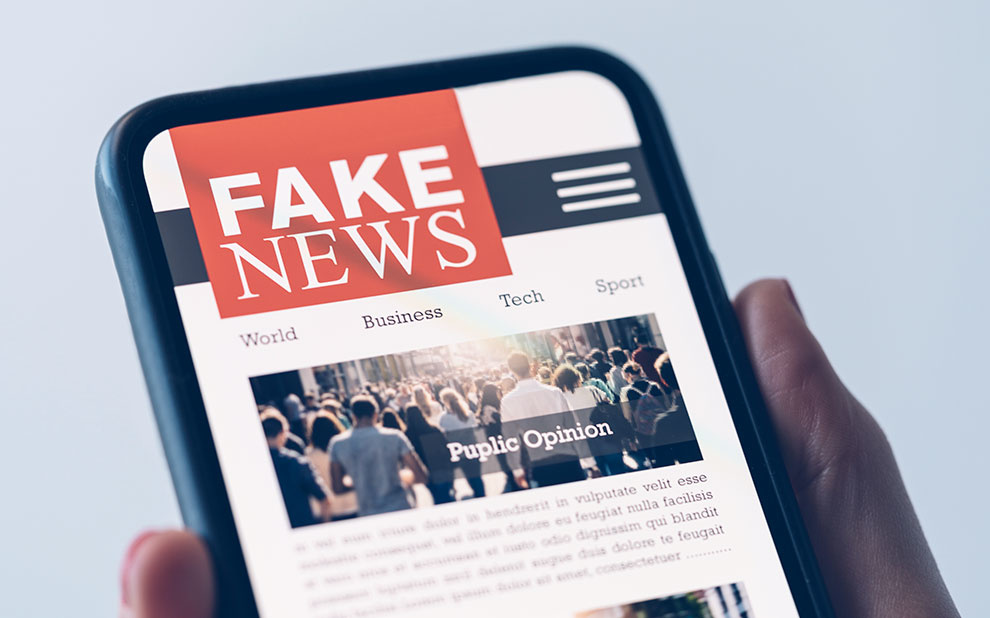
Misinformation is false information spread that deceives but is always intended to. Disinformation is false information and content purposely shared with the intent to deceive and cause harm. It is basically propaganda shared to mislead. Both misinformation and disinformation are often confused with one another but the big difference is disinformation is deliberate and has an intent to mislead.
For social media users both of these can be problematic because many people use social media as their main source of news. With many fake accounts, false news can get spread very quickly as so many people, especially the younger generation are out there taking in these sources. As fake information gets read, it then changes the points of views of those readers and gets spread on from there. As stated earlier, they get spread a lot from fake accounts. For example, just the other day my friend got hacked on instagram and posted lots of messages about fake ways to earn money. If her followers clicked on her links, they then would be hacked and the spread would widen and quicken. Artificial intelligence also is part of the spread of misinformation. It is not at all intended according to panelists, but AI does create false media, fake videos, and false audio content because of the way the software is. AI does this fast and because of how connected we are to technology these days, this information can escalate at rates not safe for anyone.
Video is part of the problem because research has shown that people are more likely to fall for manipulative news when it is in video format. It is easier for people to “believe what they see” which makes these fake videos so dangerous. This also works for audio. Although not as dangerous as fake videos, made up audio is believed more than what can be read for the same reason. People trust what they can feel, hear, and see rather than having to read and imagine something. It is pretty effective because oftentimes these fake videos and audios go viral and within minutes can spread all over social media and potentially corrupt those that watch them.
Christopher Dwyer lists these 7 reasons as to why we fall for fake news. 1. Confirmation Bias 2. Lack of credibility evaluation 3. Attention and Impatience 4. We are cognitively lazy 5. Our emotions are targeted 6. Social Pressure 7. The illusory truth effect


